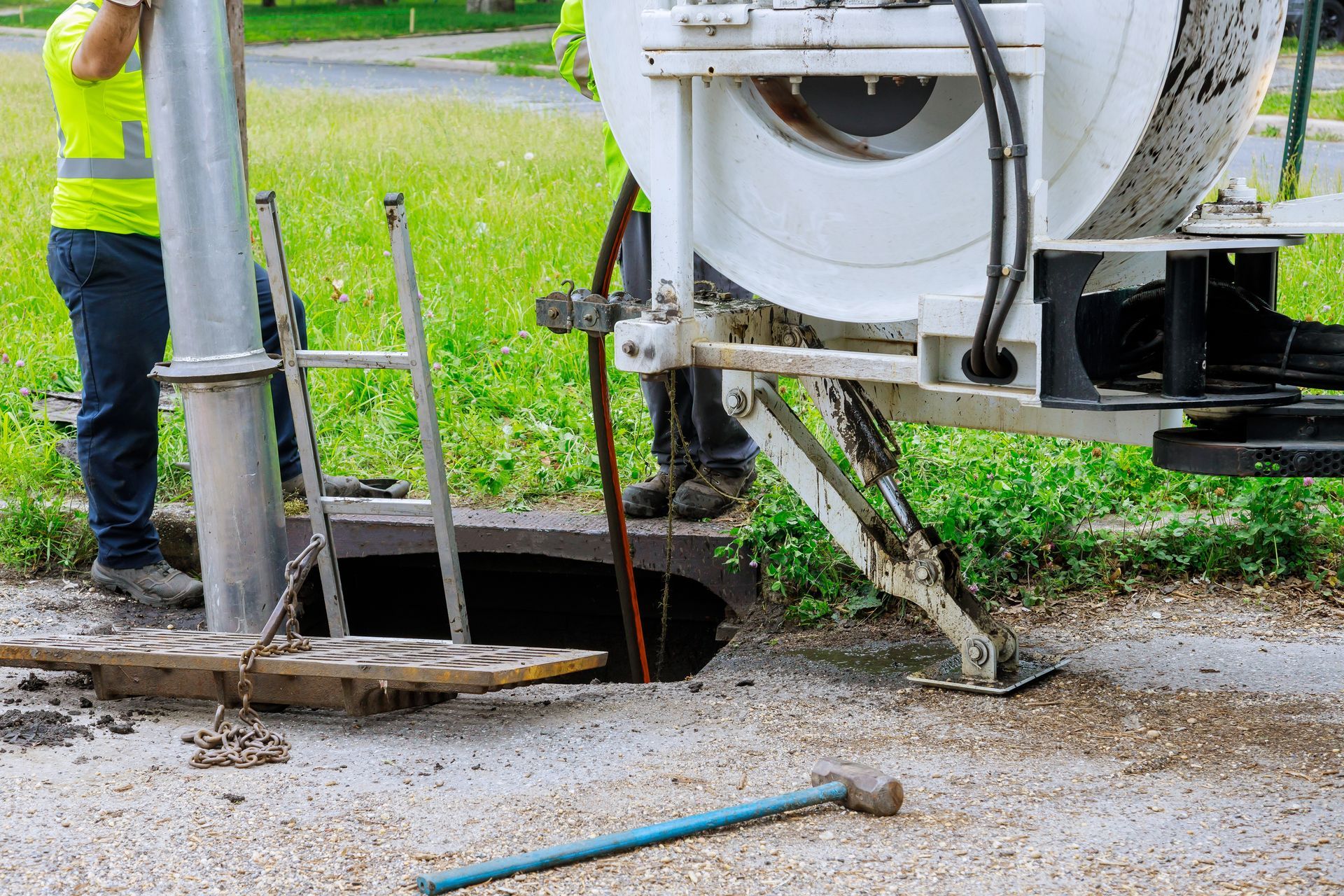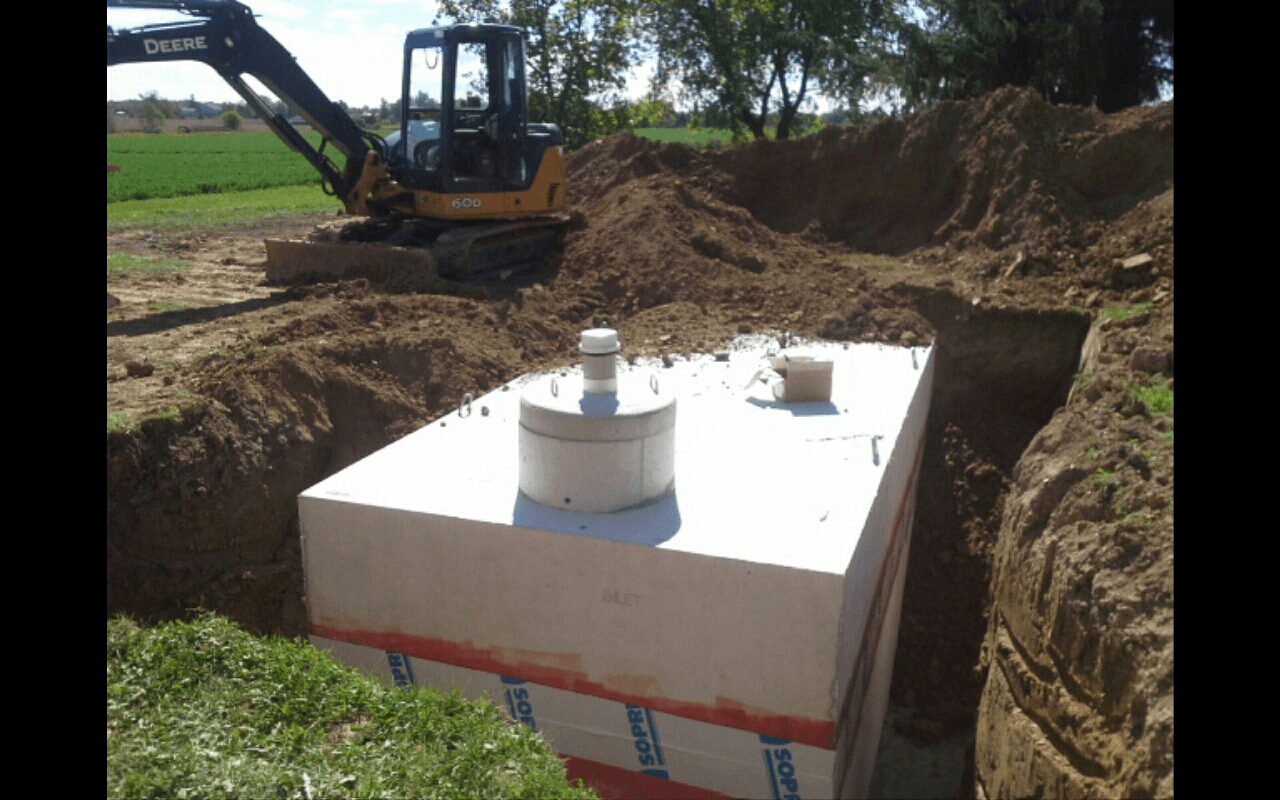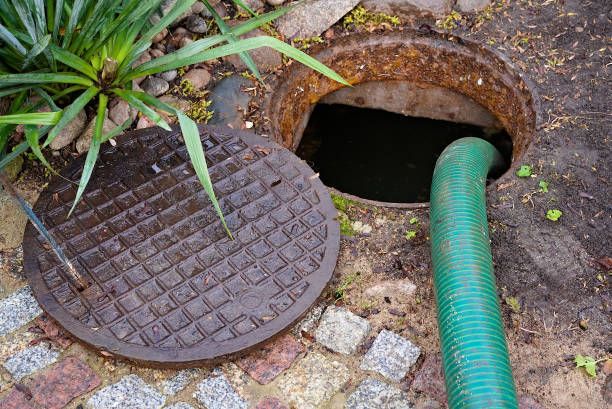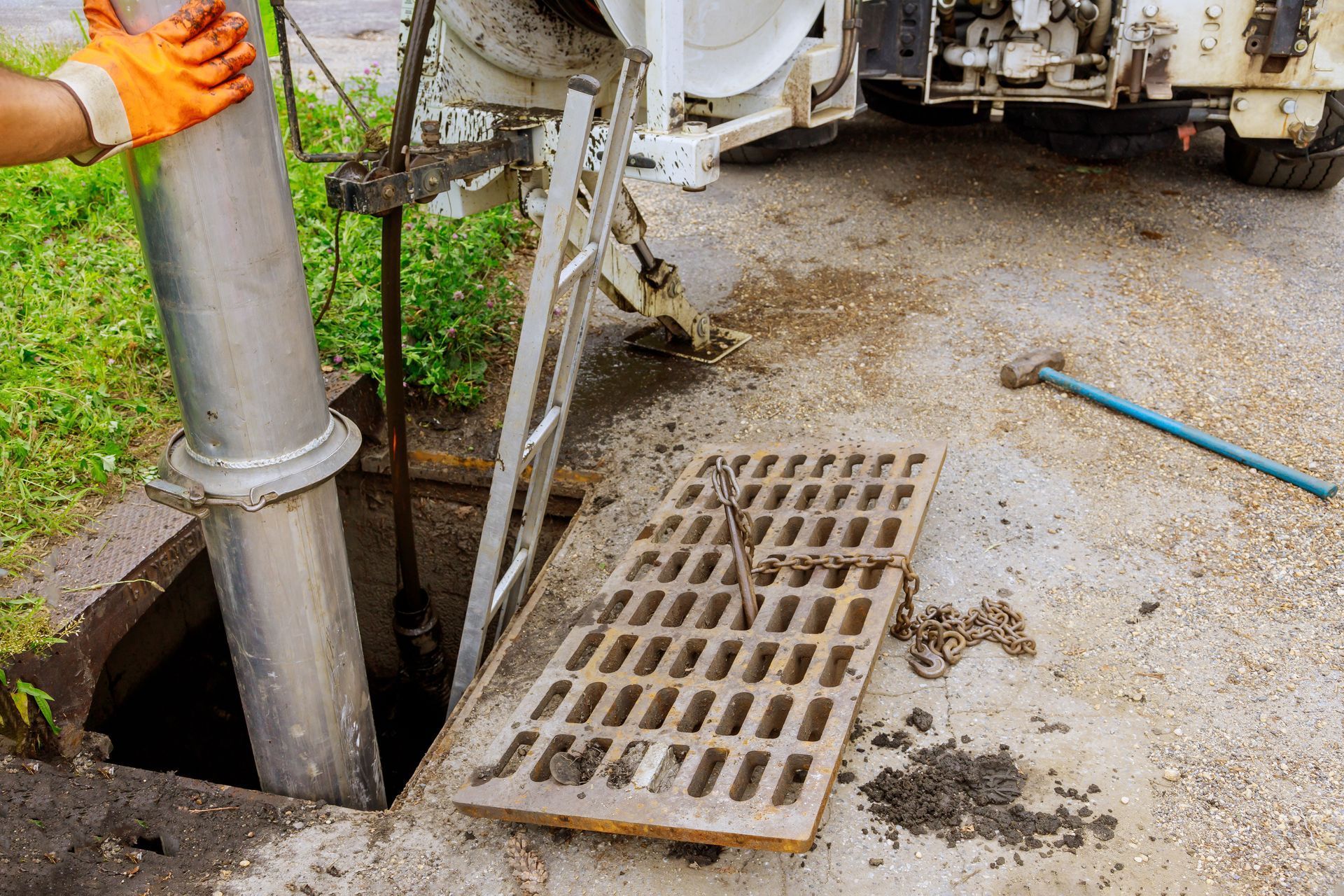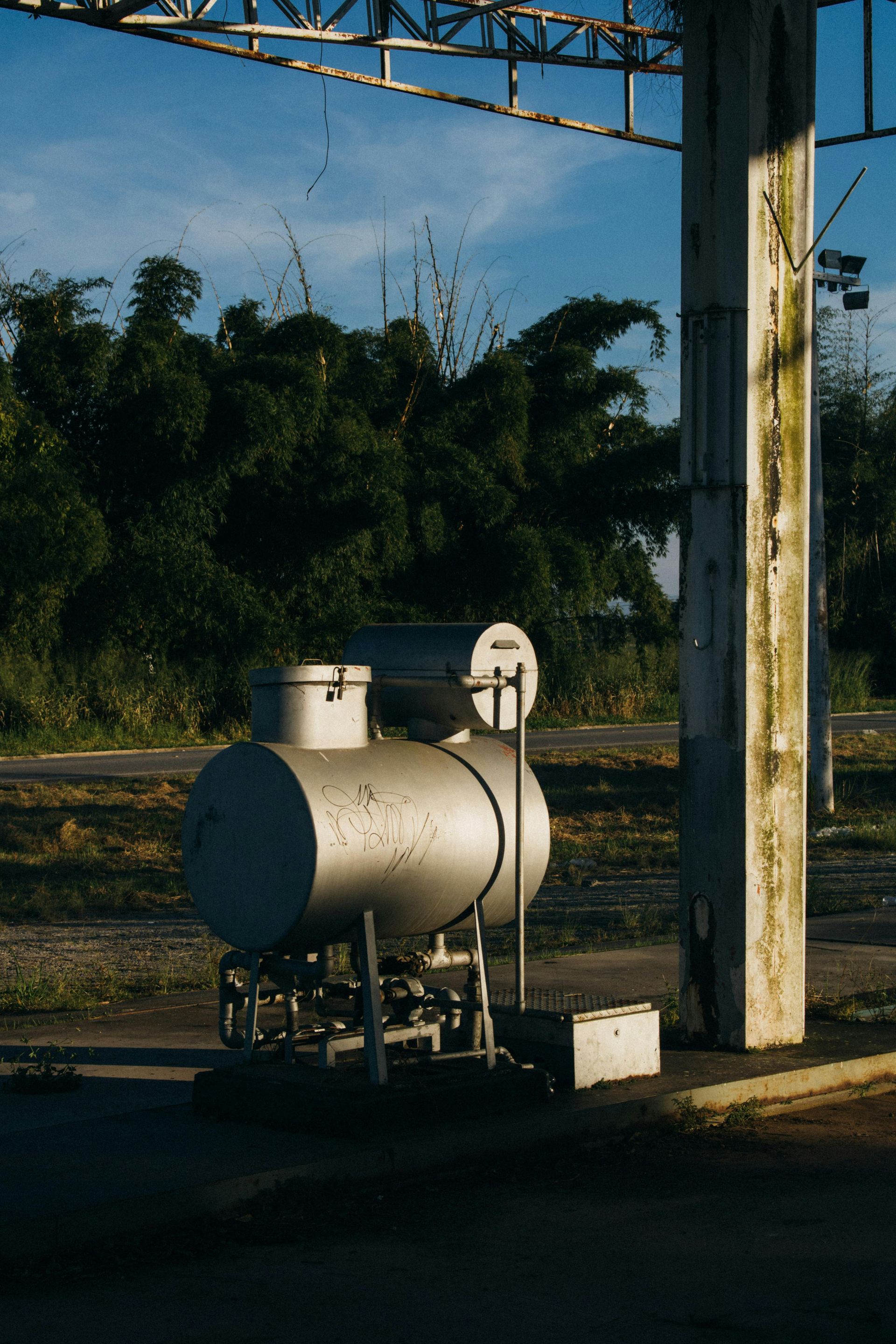Spring Septic Tank Readiness Checklist
Winter is tough on all of us—including your septic tank system. With spring finally here, it’s the perfect time for homeowners, property managers, and landlords to ensure their septic tanks are ready for the months ahead. A little maintenance now can save you from costly repairs or messy surprises later. Here’s everything you need to know about getting your septic system back in top shape after winter.
Why Does Spring Maintenance Matter for Septic Tanks?
During winter, freezing temperatures, excess moisture, and changes in soil composition can affect your septic system. Spring maintenance ensures everything is running smoothly and helps address any damage caused by cold weather.
Neglecting your septic system can lead to recurring problems like clogged drains, slow-flushing toilets, or worse, sewage backups.
A proactive approach can avoid these stressful situations.
What Needs to Be Done After Winter?
- Inspect for Winter Damage: Start by checking your septic tank area for visible signs of damage. Look for:
- Standing water or unusually wet patches in the yard near the tank or drain field.
- Weird odors coming from the ground that could signal a leak.
- Cracks in the visible parts of the tank or drain pipes.
If you notice any of these issues, it’s time to call in a professional.
2. Schedule a Pumping (If Needed): Regular pumping is essential to keep your septic system in top condition. The general rule is to pump your septic tank every 3-5 years, but this can vary depending on the size of your tank and household usage. If it’s been a while since your last pumping, spring is an excellent time to address this.
3. Test Your Drains: Make sure all the household drains are working efficiently. If your sinks or toilets are draining more slowly
than usual, it could be a sign of a clog or buildup in your septic system.
4. Check the Drain Field: Your septic system’s drain field or leach field plays a critical role in filtering wastewater. After winter snow or
spring rains, the ground may still be saturated with water. Avoid driving or putting heavy objects on the drain field, as this can compact the soil, reducing its ability to absorb wastewater.
5. Inspect the Tank Lid and Access Points: A secure and properly sealed septic tank lid is essential for preventing debris from entering the system. After winter, check for any cracks or signs of wear on the tank lid or other access points. A damaged lid can lead to costly issues down the line.
6. Avoid Overloading Your System: During spring cleaning, many of us tend to use more water for laundry, cleaning, and yard work. Keep new growth in check by watching your water usage and spacing out high-demand activities to avoid overwhelming
your septic tank.
7. Book a Full System Inspection: Even if everything looks fine, it’s important to have your septic system professionally inspected every year. A trained eye can catch early signs of trouble that homeowners might miss.
Why Choose Dan Parr Septic Systems & Pumping?
When it comes to the health of your septic system, trust the experts at Dan Parr Septic Systems & Pumping. Fully insured and licensed, their team has been the go-to solution for homeowners, property managers, and landlords for years.
Whether it’s a routine pumping, system inspection, or emergency repair, Dan Parr delivers reliable, high-quality service to meet all your sewer and septic needs. Call 905-719-9507 today to book your spring service and get peace of mind knowing your septic system is in
expert hands.
Get Your Septic Tank Spring-Ready!
Taking care of your septic system this spring ensures that it runs smoothly all year long. Follow the tips above, and don’t forget to schedule your inspection and pumping with Dan Parr Septic Systems & Pumping.
Call today at 905-719-9507 to ensure your home’s septic system is ready for the seasons ahead.
Don’t wait for issues to arise—be proactive and protect your property from costly problems!

